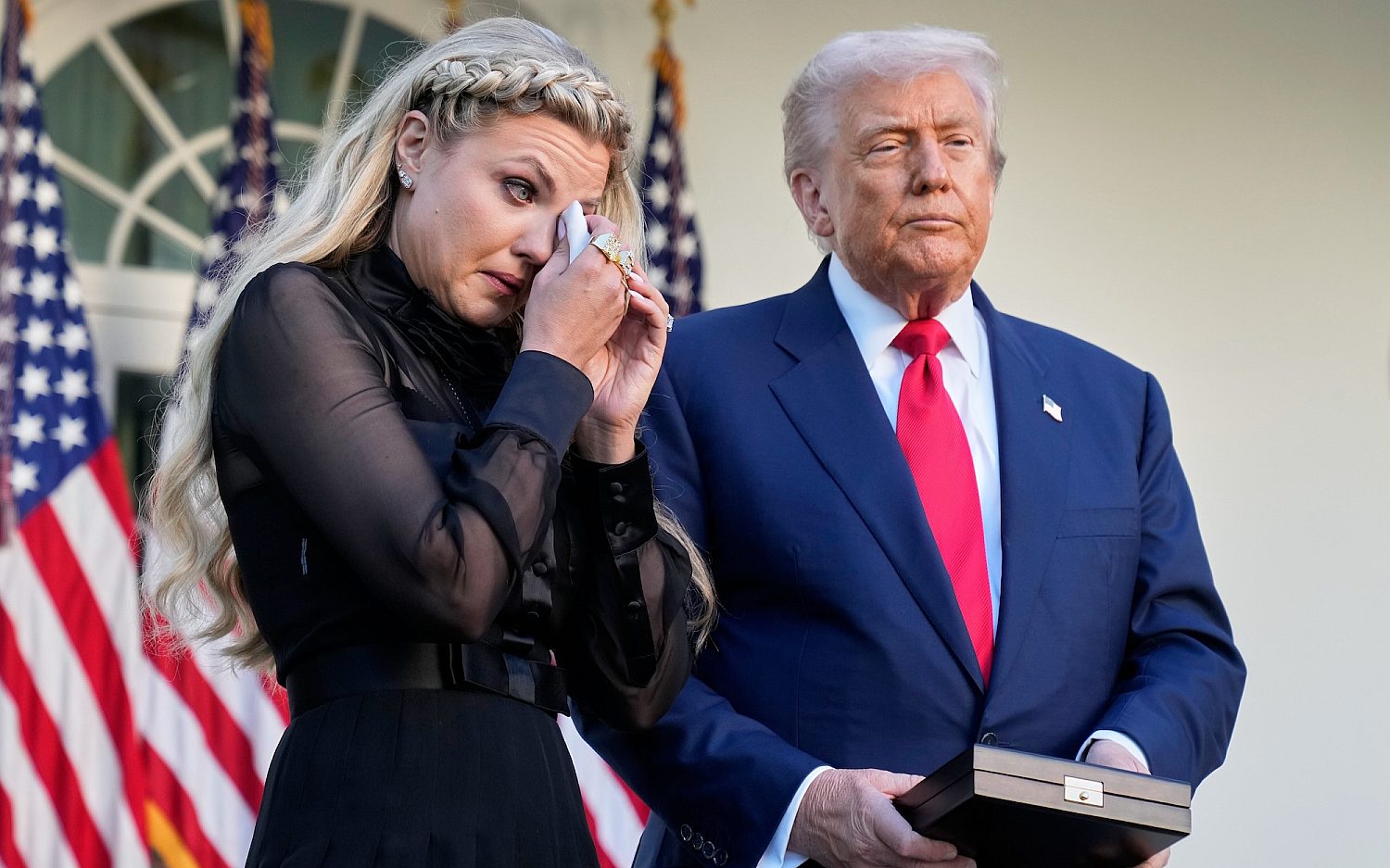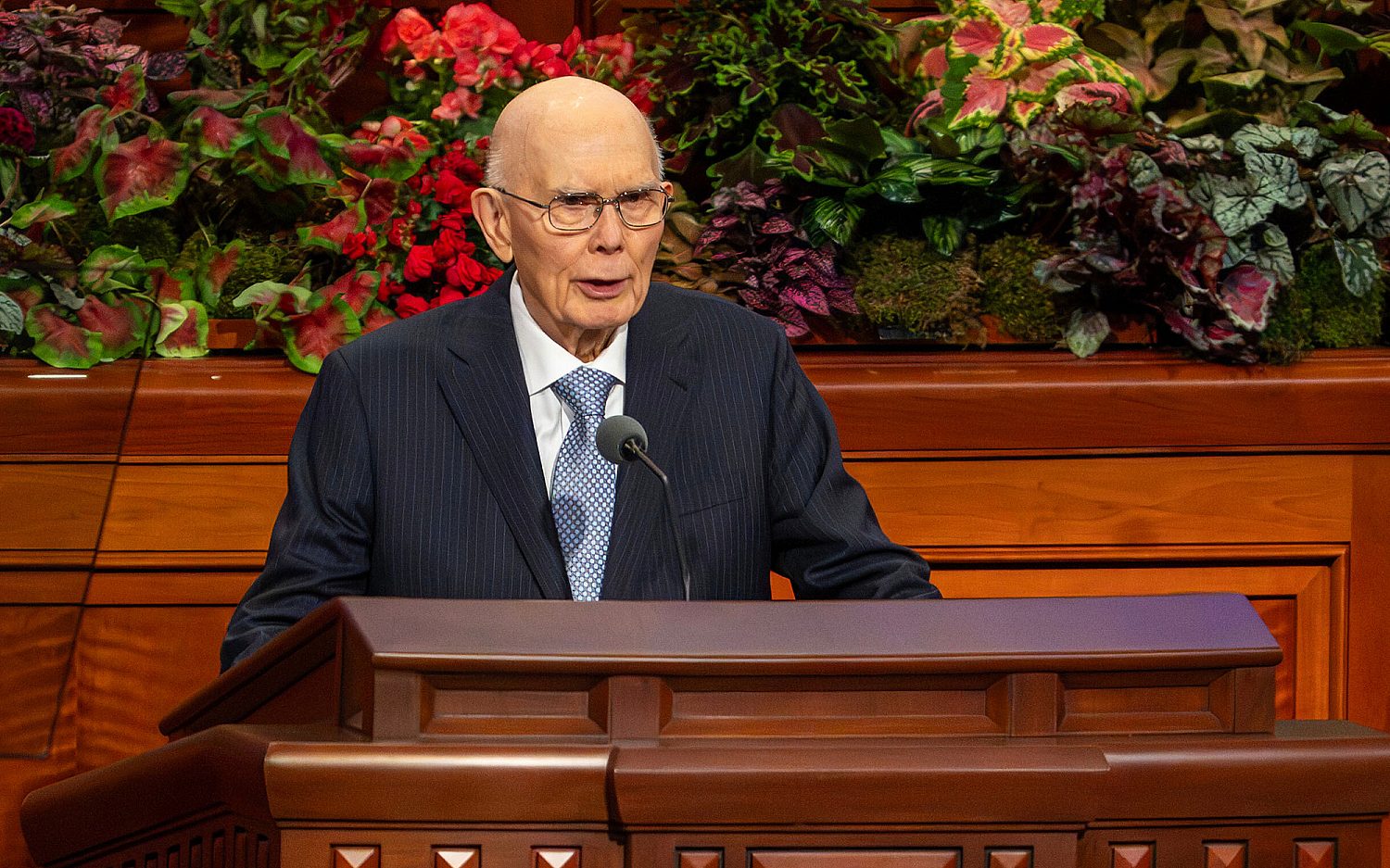New outlook for big high court cases under Trump?
The future of several major cases could change dramatically under the Trump administration
While the future of the Supreme Court’s makeup is foggy, the next steps for several cases at the court this term are starting to come into focus.
Several Obama administration executive actions are currently in litigation and may disappear if Donald Trump’s administration undoes his predecessor’s policies. But many question marks remain about what executive actions Trump will take.
One of the major cases at the Supreme Court this term, Gloucester County School Board v. G.G., addresses the matter of transgender restroom use in public schools. In 2015, the Obama administration issued a letter to all schools receiving federal funds, interpreting “sex” in Title IX to mean “gender identity.” That interpretation means schools must allow students to use whichever restroom or locker room is consistent with their gender identity.
The 4th U.S. Circuit Court of Appeals issued an initial ruling deferring to the Department of Education’s Title IX interpretation and allowing the student in this case to access the boys’ restrooms and locker rooms. The school board appealed to the Supreme Court.
Theoretically, the Department of Education (DOE) under Trump could simply submit a letter rescinding that novel interpretation of Title IX. If the agency did that, the Supreme Court likely would vacate the 4th Circuit’s decision, which was based on the DOE letter.
But Trump has not explicitly promised to rescind the DOE letter. His disparate positions on the restroom issue don’t offer many clues about what he might do. He publicly opened Trump Tower restrooms to any gender identity. He criticized North Carolina’s restroom law, but he also said states should decide the restroom issue. He took similarly confusing positions about gay rights, both promising to advance them and overturn the gay marriage ruling (a position he retracted in his most recent 60 Minutes interview).
Whatever the federal government does, student Gavin Grimm (“G.G.” in case documents) initiated the litigation against the school board and would have to decide whether to continue the case. The organizations litigating on the student’s behalf, including the American Civil Liberties Union, likely would continue to pursue such rights through the courts, whether with Grimm’s lawsuit or another one.
The other major case this term concerns Trinity Lutheran, a church in Missouri that applied to a state program for recycled tires to use on its playground. The state denied the church’s application because of a state constitutional provision forbidding aid to religious institutions. The church argues religious institutions should be eligible for the most basic state aid. The Supreme Court hasn’t scheduled arguments for the case yet, even though the justices agreed in January to hear it.
Tuesday likely changed the future of that case: Missouri elected Josh Hawley, who previously supported the church’s claims, as attorney general. The Cato Institute’s Ilya Shapiro thinks the dispute will be settled before it reaches the Supreme Court.
Another major executive action in litigation: President Barack Obama’s policy deferring deportations and giving temporary legal status to about 4.3 million undocumented immigrants. Obama began the program, Deferred Action for Parents of Americans (DAPA), after failing to find consensus in Congress over immigration reform. The Supreme Court tied over the legality of his executive action, halting the policy and sending it back to lower courts.
Religious institutions challenging the contraceptive and abortifacient mandate also continue to work out a compromise with the federal government in lower courts. In July, the federal government restarted the regulatory process to revise the mandate rules. Trump’s administration could issue a new rule providing greater religious freedom protection for organizations under the mandate—or undo the mandate altogether. But those regulations take months, even more than a year, to go into effect, even if the litigation ends.
Many of the biggest Supreme Court cases that came in with a bang might go out with a whimper. And no new big cases are on the horizon. The justices have avoided adding blockbusters to their docket due to the possibility of a tie vote, and that pattern likely will continue until the makeup of the new court comes into focus next year.
An actual newsletter worth subscribing to instead of just a collection of links. —Adam
Sign up to receive The Sift email newsletter each weekday morning for the latest headlines from WORLD’s breaking news team.





Please wait while we load the latest comments...
Comments
Please register, subscribe, or log in to comment on this article.